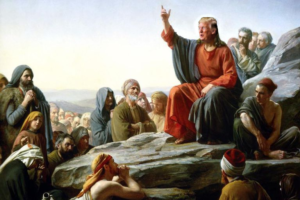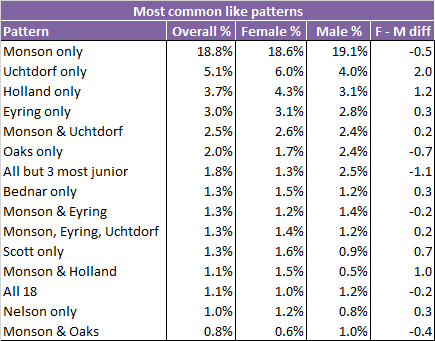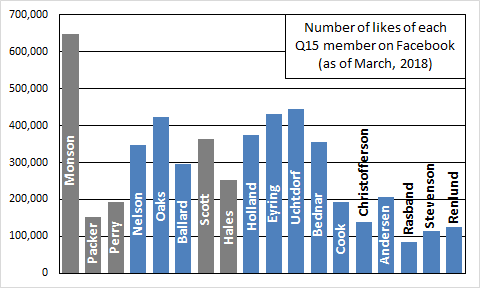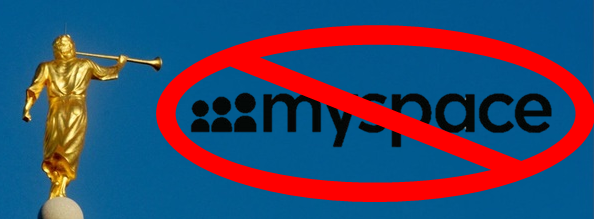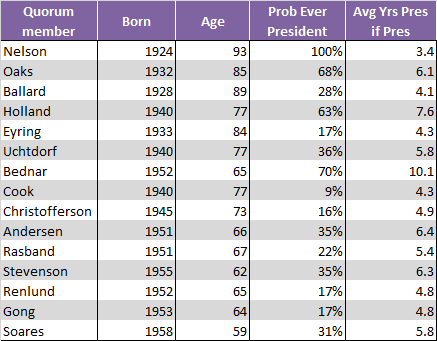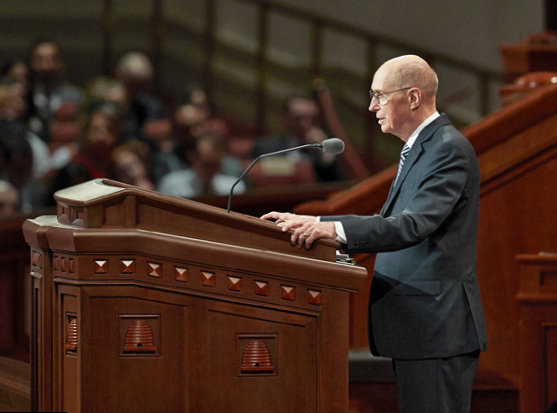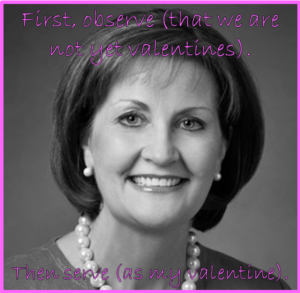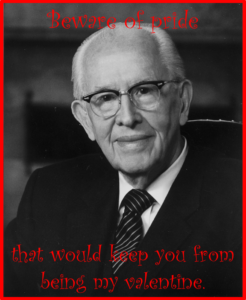When I started school at BYU, back in the 1990s, the school used to celebrate the day before Thanksgiving by bringing a bunch of wrecked cars onto campus and leaving them in various quads to remind us all to drive safely if we were traveling for the holiday. This wasn’t an issue for me, because my family lived nearby, but I recall thinking that if the university had really been serious about students’ safety when traveling over the long weekend, they would just close the day before Thanksgiving to make it easier for people to travel without having to make dangerous overnight drives.

I was reminded of this when reading President Oaks’s talk in the Women’s Session of this last General Conference, where he lamented that Church members are marrying later and having fewer children. He said that people are delaying marriage “until temporal needs are satisfied.” I think he’s making the same error that the BYU administration of the 1990s was making: he’s oversimplifying complicated situations where people face competing goods. BYU students of the 1990s, wanted to attend their classes and do well in school, but they also wanted to go home and see their families for Thanksgiving. Young people in the Church today likely do want to get married and have children, but they also face (in the US, anyway) runaway education costs that mean they’ll be paying for their own schooling for decades, high medical costs that make it ever more difficult to bear and raise children, and high child care costs that make it more difficult for both spouses to get all the education they can. It has often been observed on the Bloggernacle that the Church’s admonitions to marry young, have lots of kids, get all the education you can, and stay out of debt are impossible to satisfy all at once unless you have the good fortune to have been born into wealth.
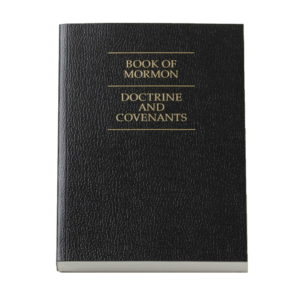
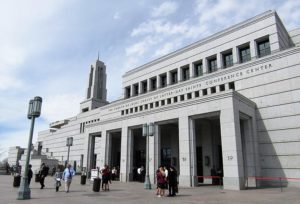 In a stunning rebuke of the murmurnacle, President Nelson will announce that not only will the three hour block not be shortened to two hours, it will actually be lengthened to four hours. Existing meetings and classes will not be changed in length. The extra hour will be used for a mandatory meeting where all ward members (including primary and nursery-aged children) sit in council and discuss the importance of Defending the Family. Meetinghouses used by three wards will follow the 8-12/10-2/12-4 schedule. Fifth Sundays will be celebrated with a special five-hour block, with each meeting lengthened by 25%.
In a stunning rebuke of the murmurnacle, President Nelson will announce that not only will the three hour block not be shortened to two hours, it will actually be lengthened to four hours. Existing meetings and classes will not be changed in length. The extra hour will be used for a mandatory meeting where all ward members (including primary and nursery-aged children) sit in council and discuss the importance of Defending the Family. Meetinghouses used by three wards will follow the 8-12/10-2/12-4 schedule. Fifth Sundays will be celebrated with a special five-hour block, with each meeting lengthened by 25%.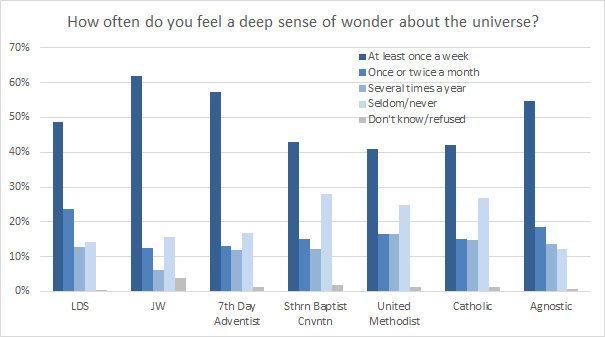
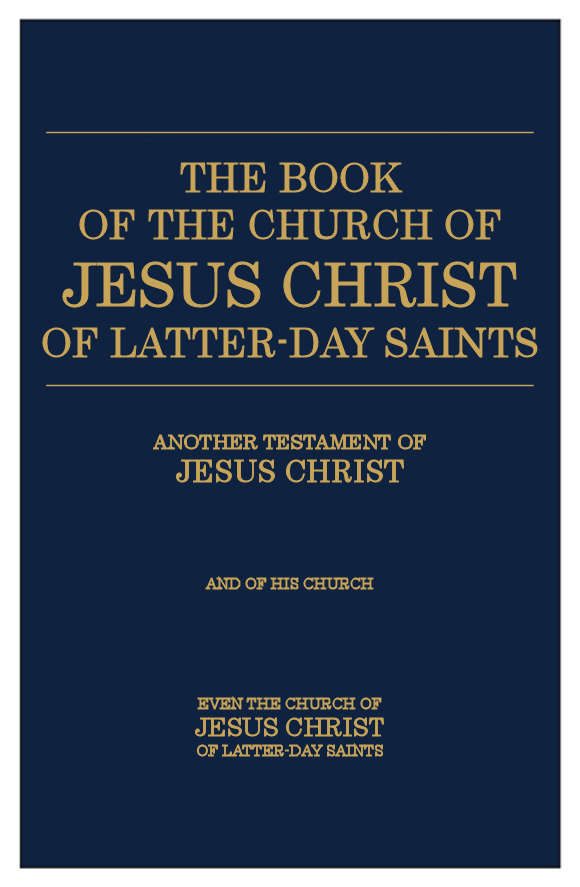 Joseph Smith taught that Mormon means more good. Taking this meaning, then, I’m wondering what Mormon edits we might get to see now that President Nelson has
Joseph Smith taught that Mormon means more good. Taking this meaning, then, I’m wondering what Mormon edits we might get to see now that President Nelson has 